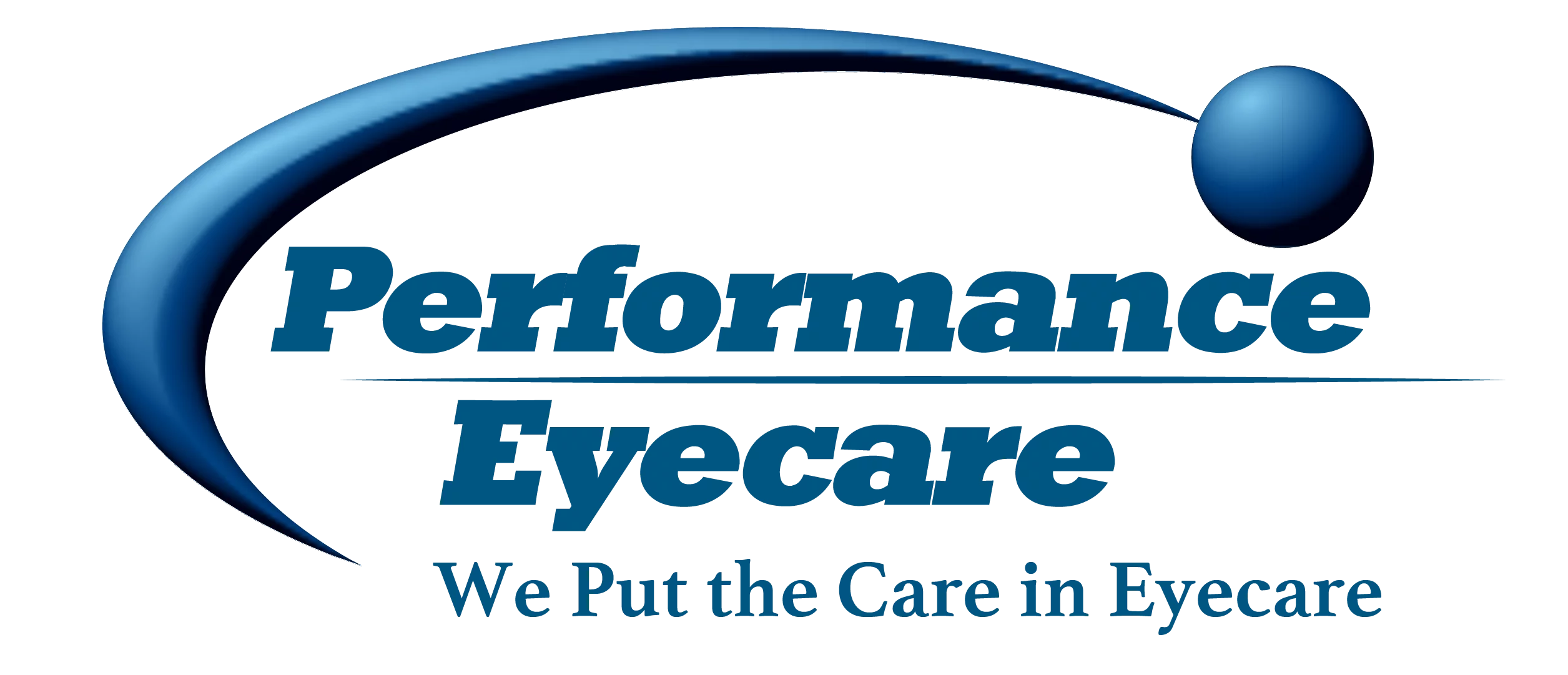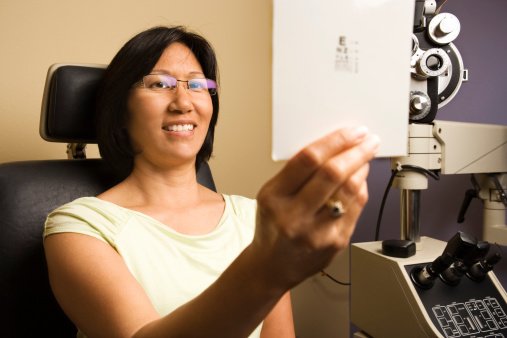Forget the Air Puff – Opt for No-Puff Eye Exams
Have you ever found yourself wondering, “what is that terrible air puff test for?” It’s a common question we hear, most likely due to the discomfort it can cause. For many, a visit to the eye doctor creates feelings of stress and apprehension. The anticipation of uncomfortable tests, such as the infamous air puff eye … Read more

